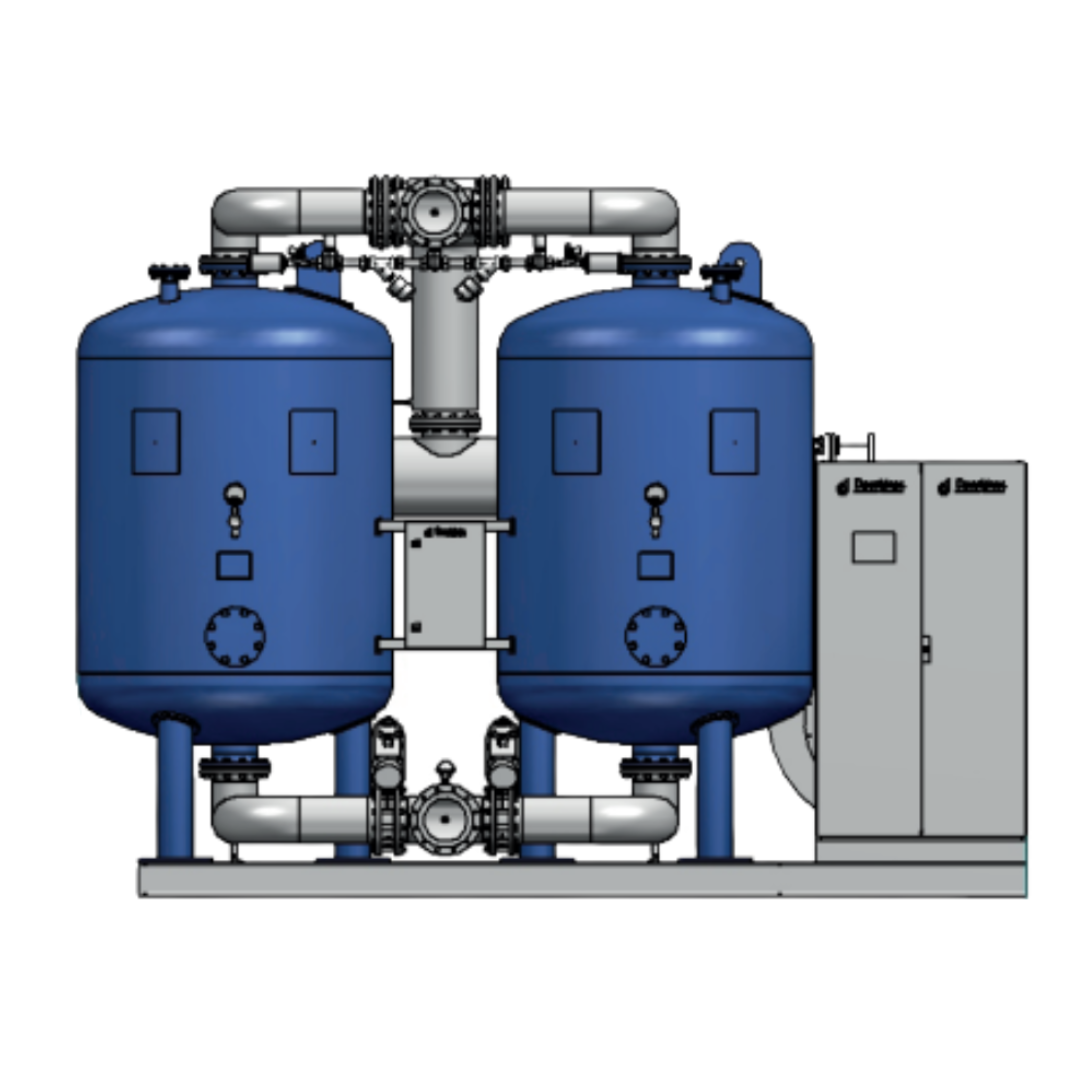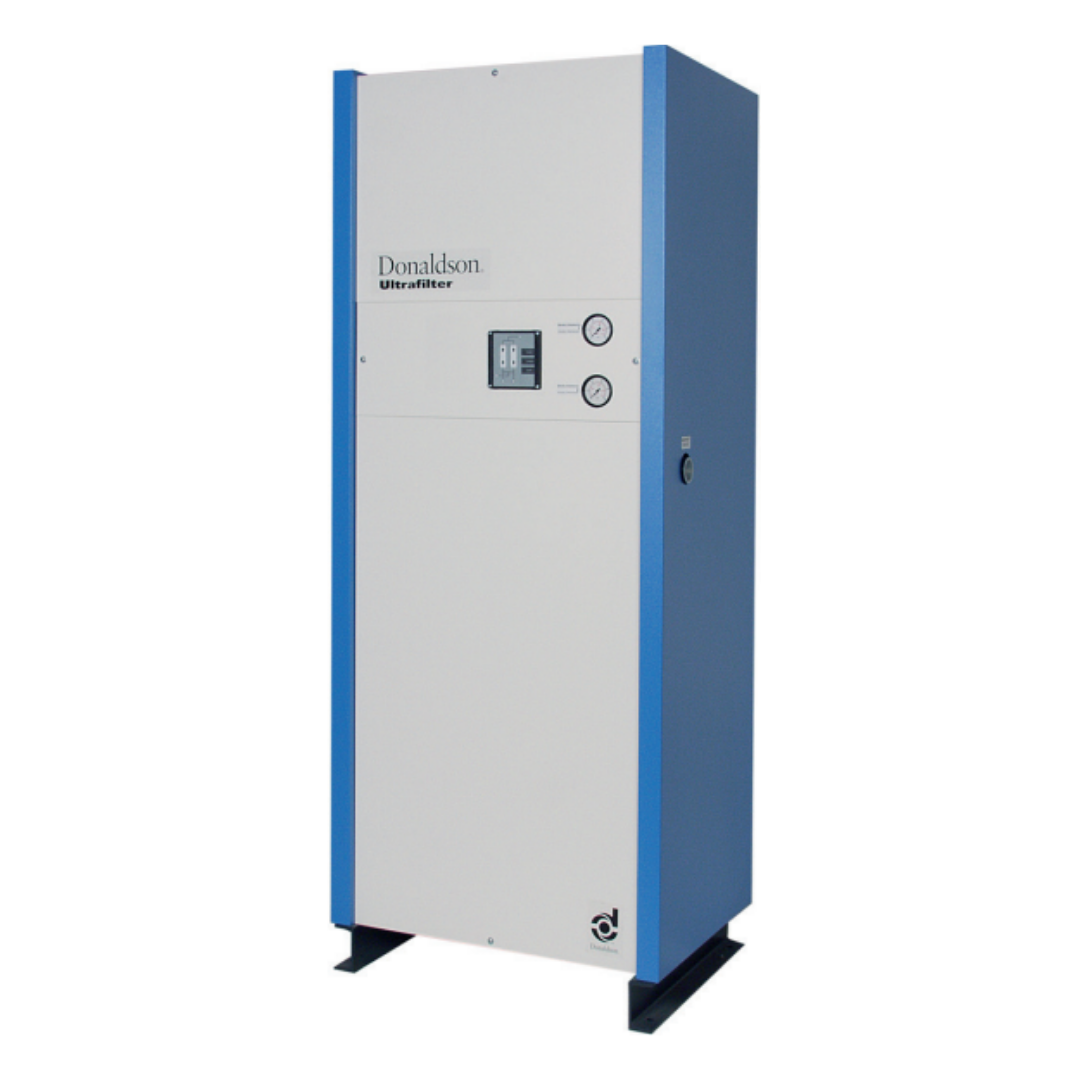.png)
A refrigerant air dryer is a compressed air dryer used to remove moisture from compressed air, which always contains water. Whenever a compressor sucks in perspective, it also takes in moisture from the outside, so to protect your equipment, it is vital to have a compressed air dryer handy to prevent potential damage.
A refrigerant air dryer is a type of compressed air dryer commonly used because it does not require much maintenance, is relatively inexpensive and is easy to operate. They will work fine if you don't have any special requirements for your application (such as a shallow dew point). You can install it and never have to think about it again.
This system works by cooling the air down to approximately three degrees Celsius. At that moment, all the water vapour condensed into water. That liquid water can then be removed from the system through a simple water trap, after which the cold air is reheated to room temperature. Because most of the water has condensed and been removed from the system, the reheated air is significantly drier than before.
The cooling process works similarly to the method used in a fridge or freezer. The liquid refrigerant is vaporized in a separate circuit to cool the compressed air. As the air cools, the refrigerant gets warmer. The refrigerant goes into its small compressor, is then cooled back in the condenser, and the process cycles over and over again as the air compressor brings in more air.
Factors to consider when purchasing a refrigerant dryer
• Maximum pressure: The maximum pressure of the dryer must be equal to or higher than the maximum pressure of the compressor.
• Inlet temperature: Each air dryer will have its maximum inlet temperature. If you exceed this temperature, it may damage the equipment parts. Some compressors may have an after-cooler built into the system, ensuring the compressed air stays within a reasonable temperature range.
• Maximum flow: Maximum flow refers to the maximum airflow that can flow through your dryer, usually measured in litres per second. If your dryer is too small, it can significantly drop air pressure, as it will be difficult for air to pass through.
• Maximum room temperature: Where will your dryer be located? If you put it in a hot room, there's a chance it could overheat. You need to ensure the maximum operating temperature of your dryer can accommodate the maximum temperature in the room where it will operate.
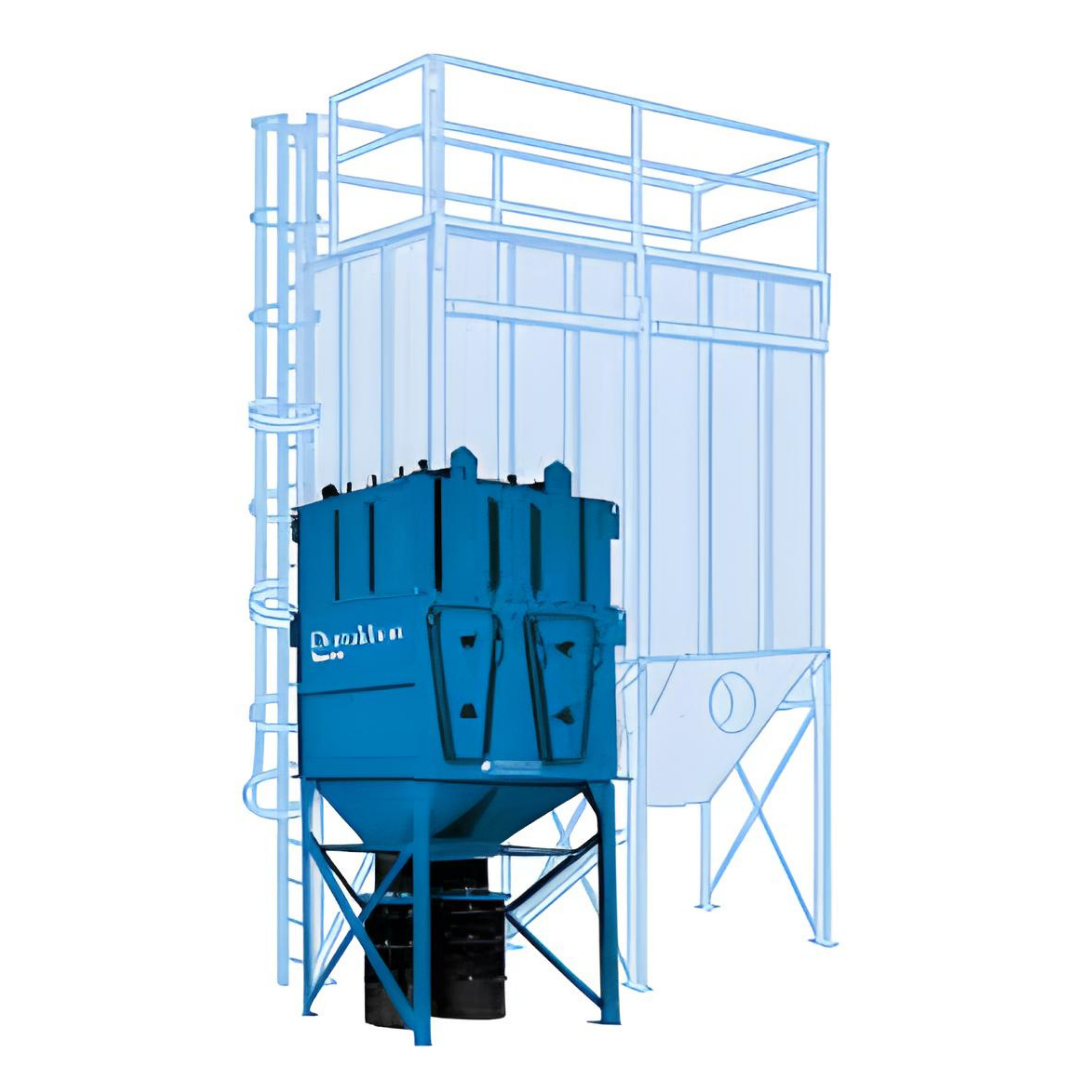
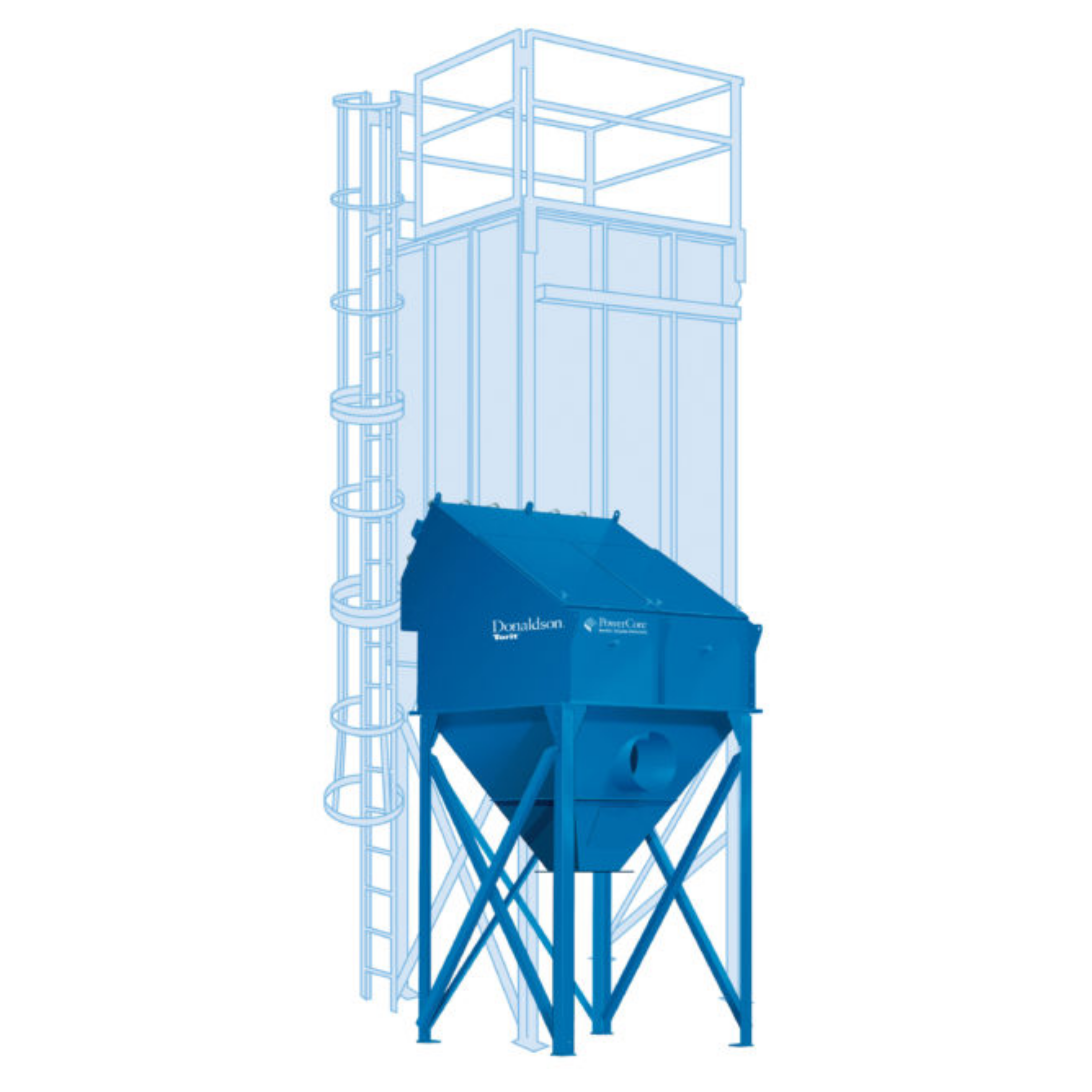
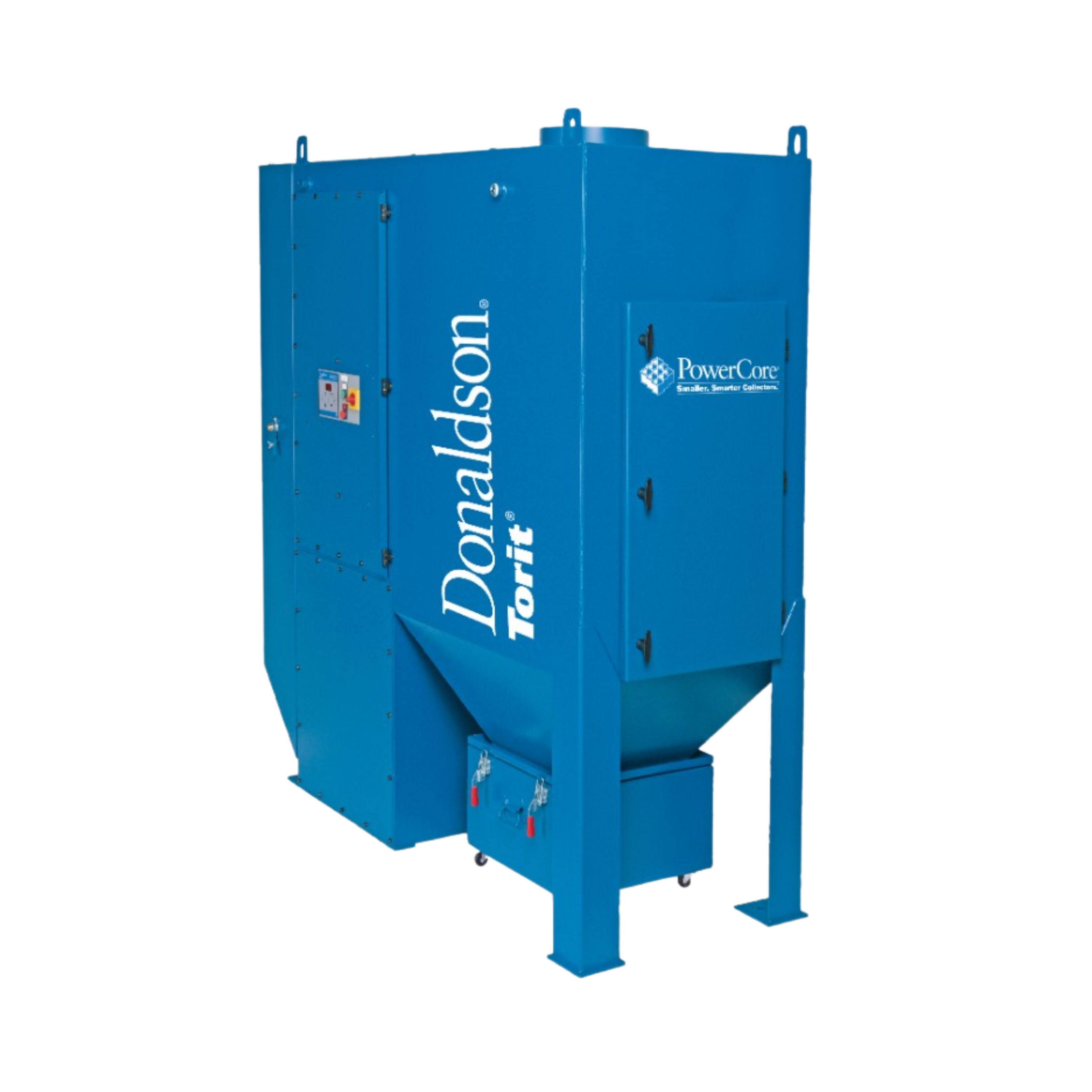
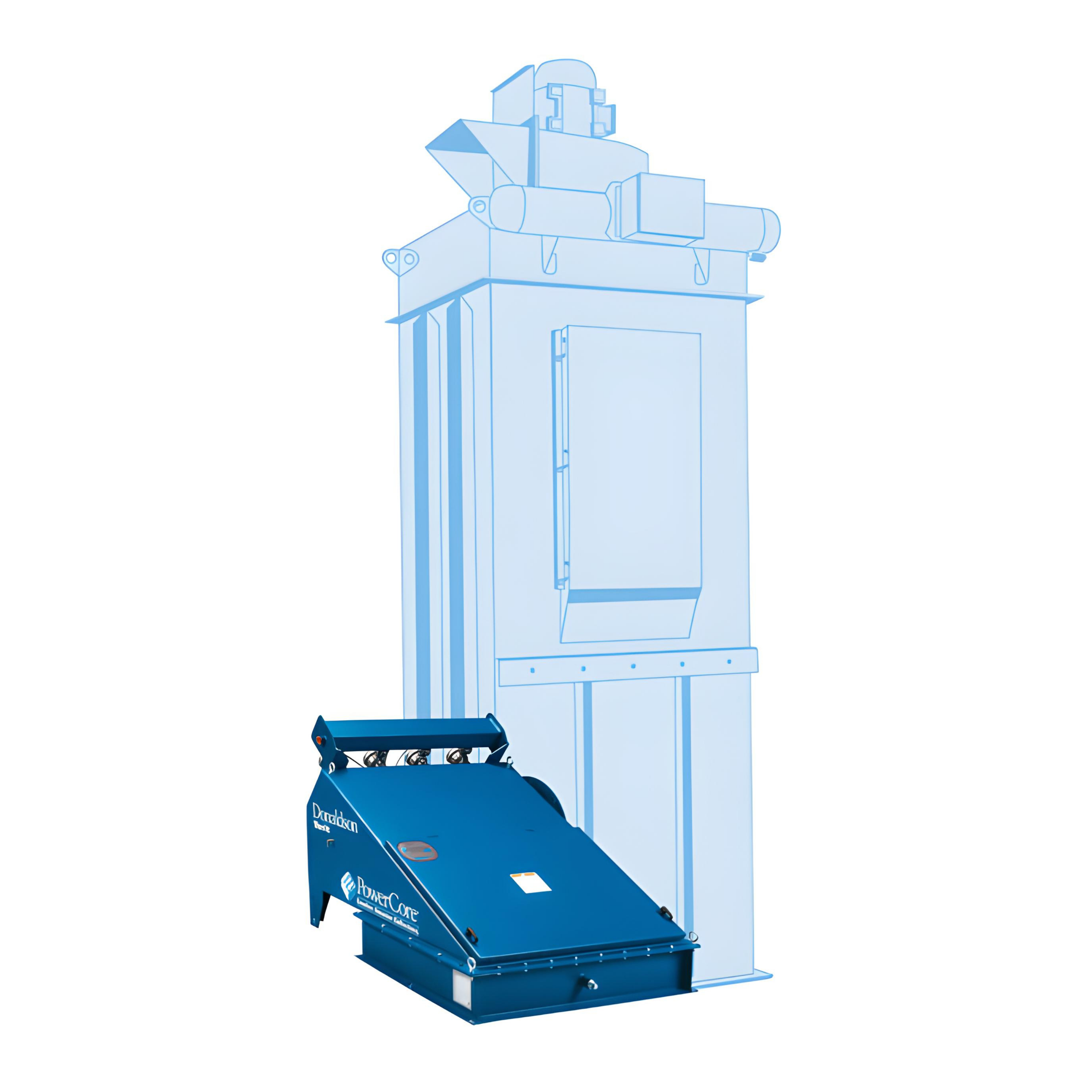
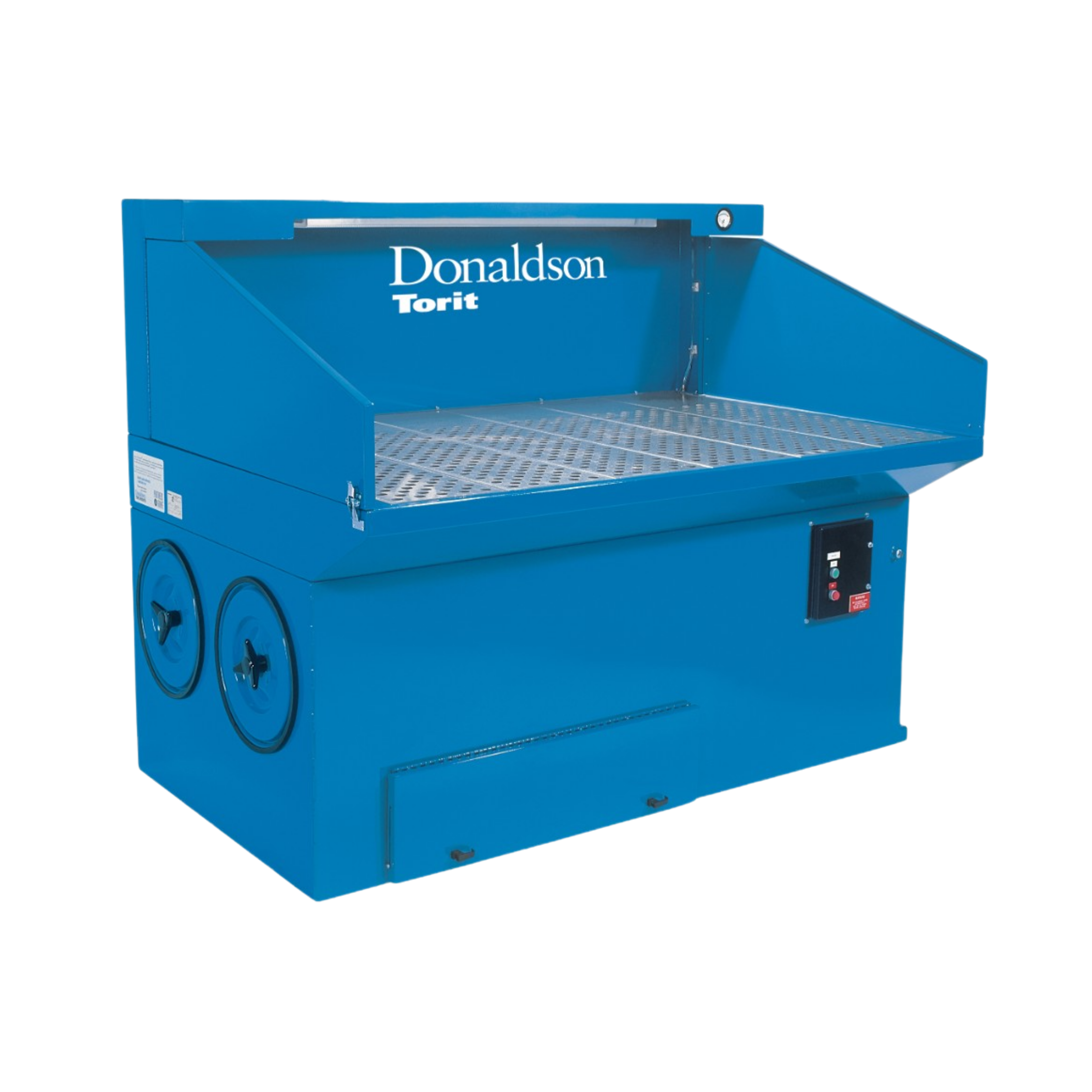
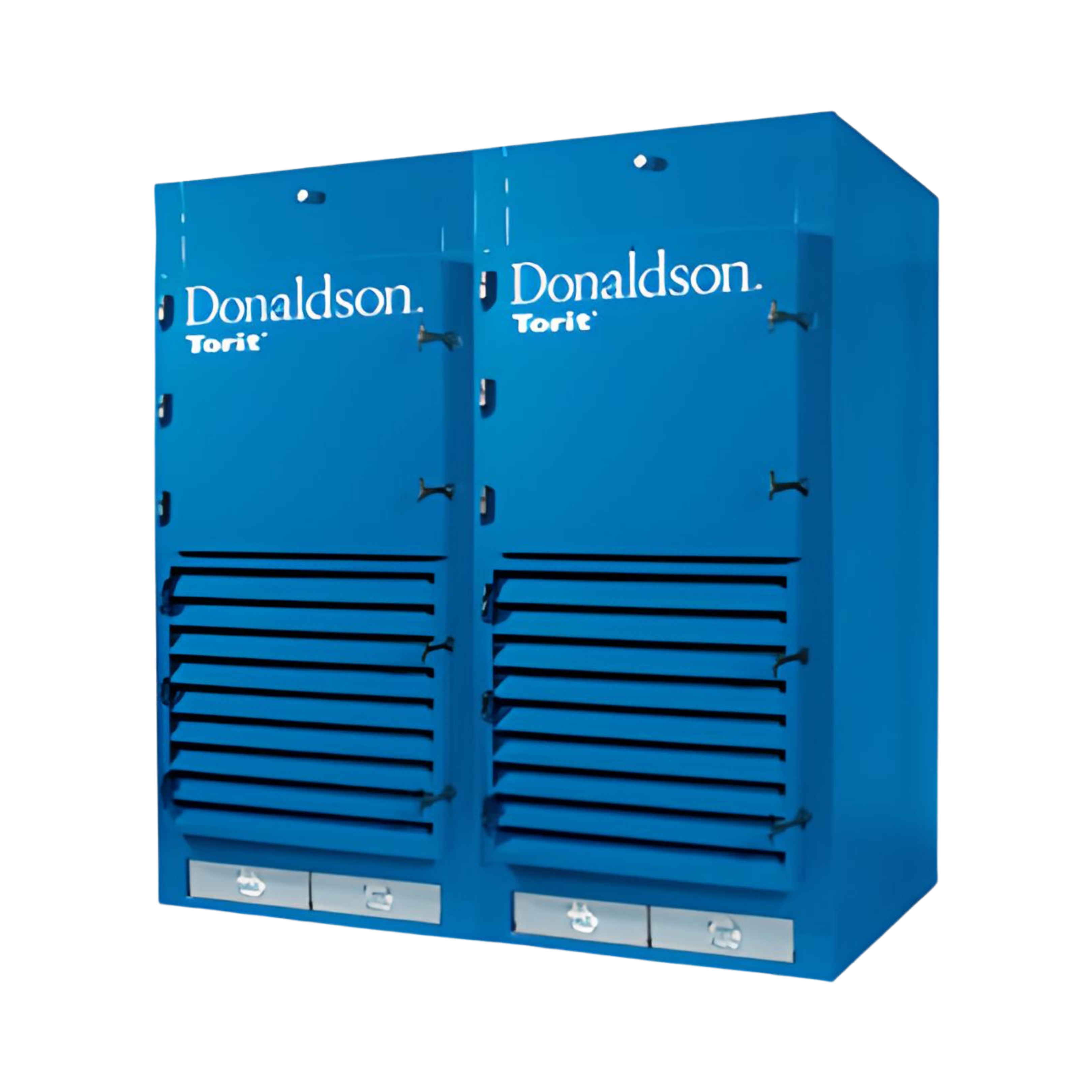
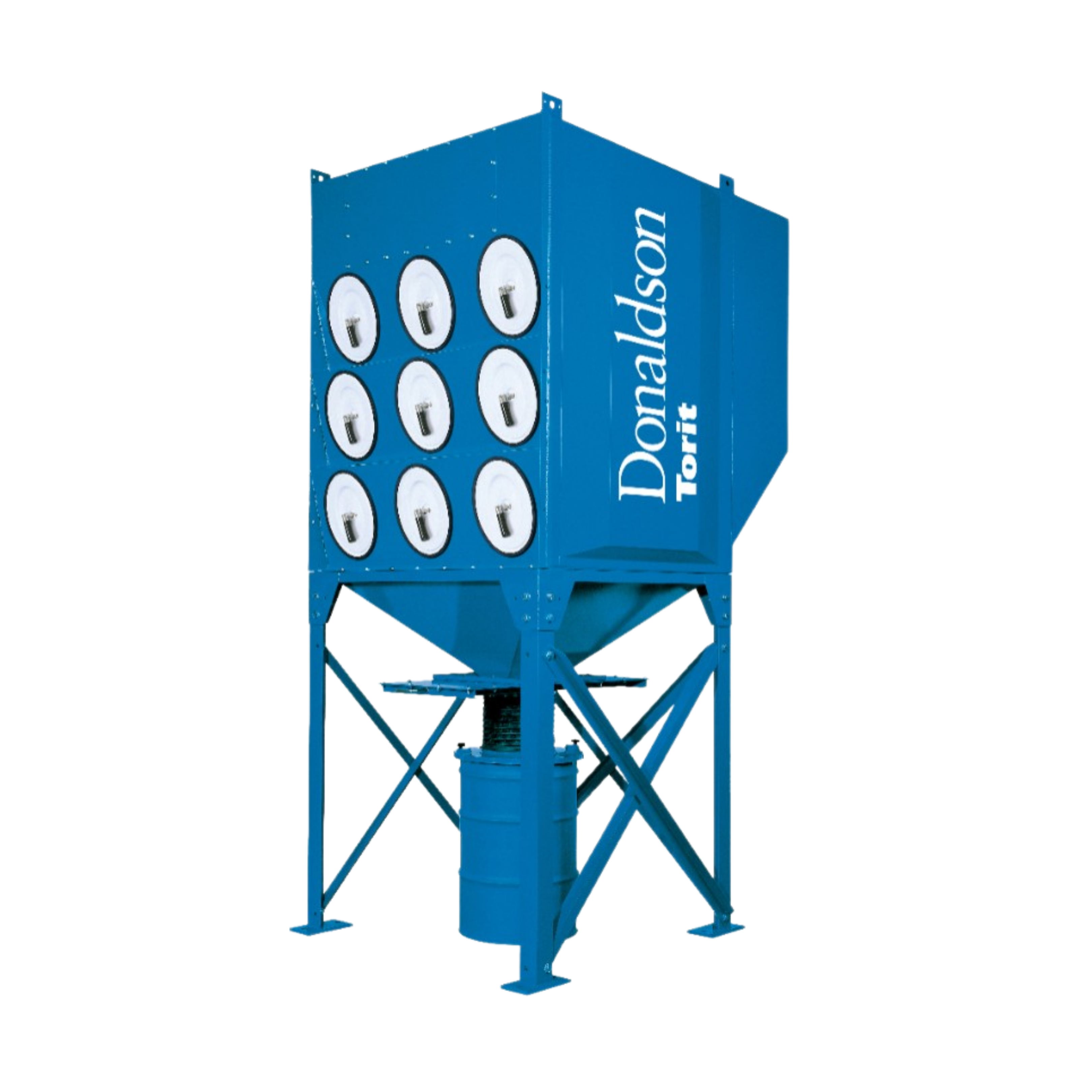
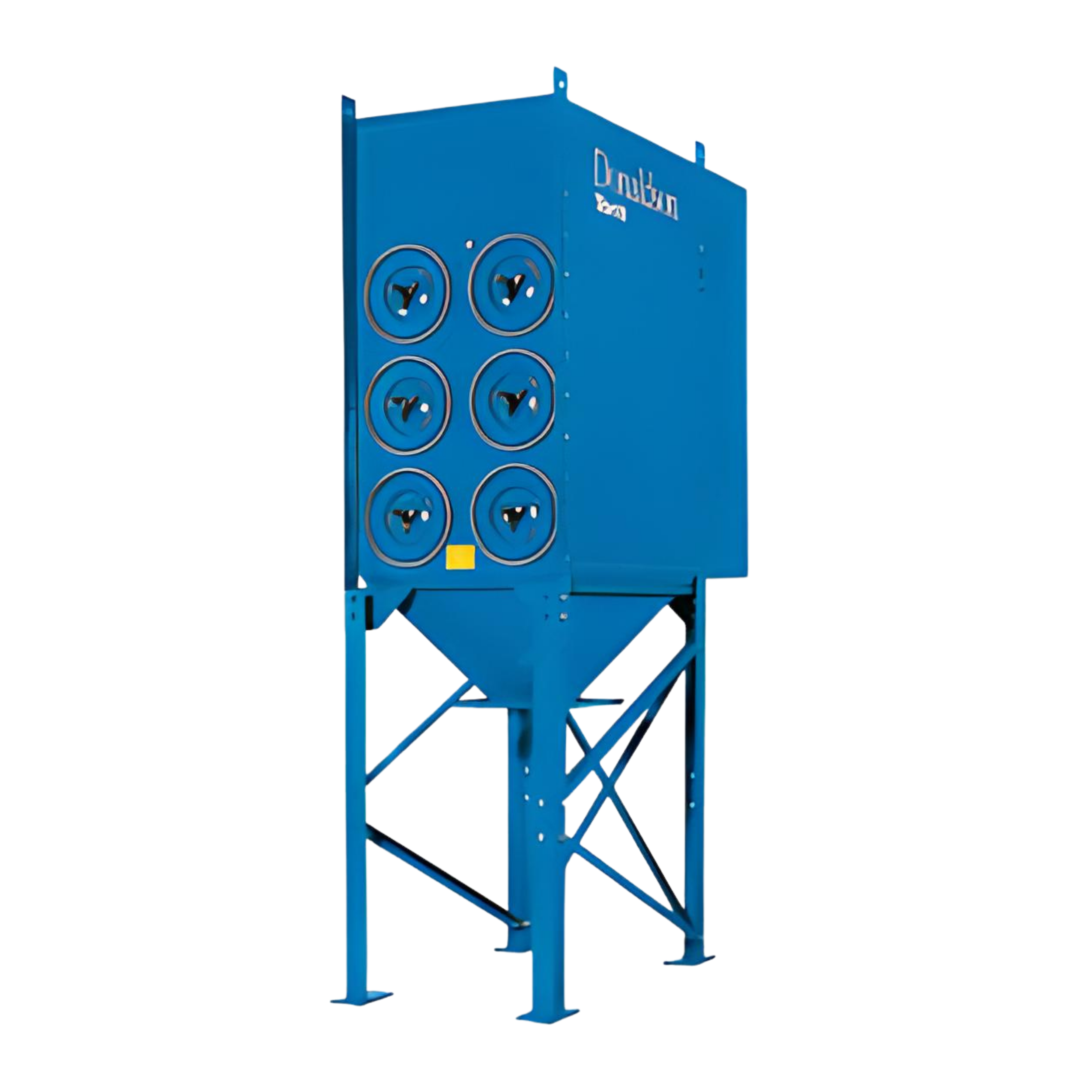
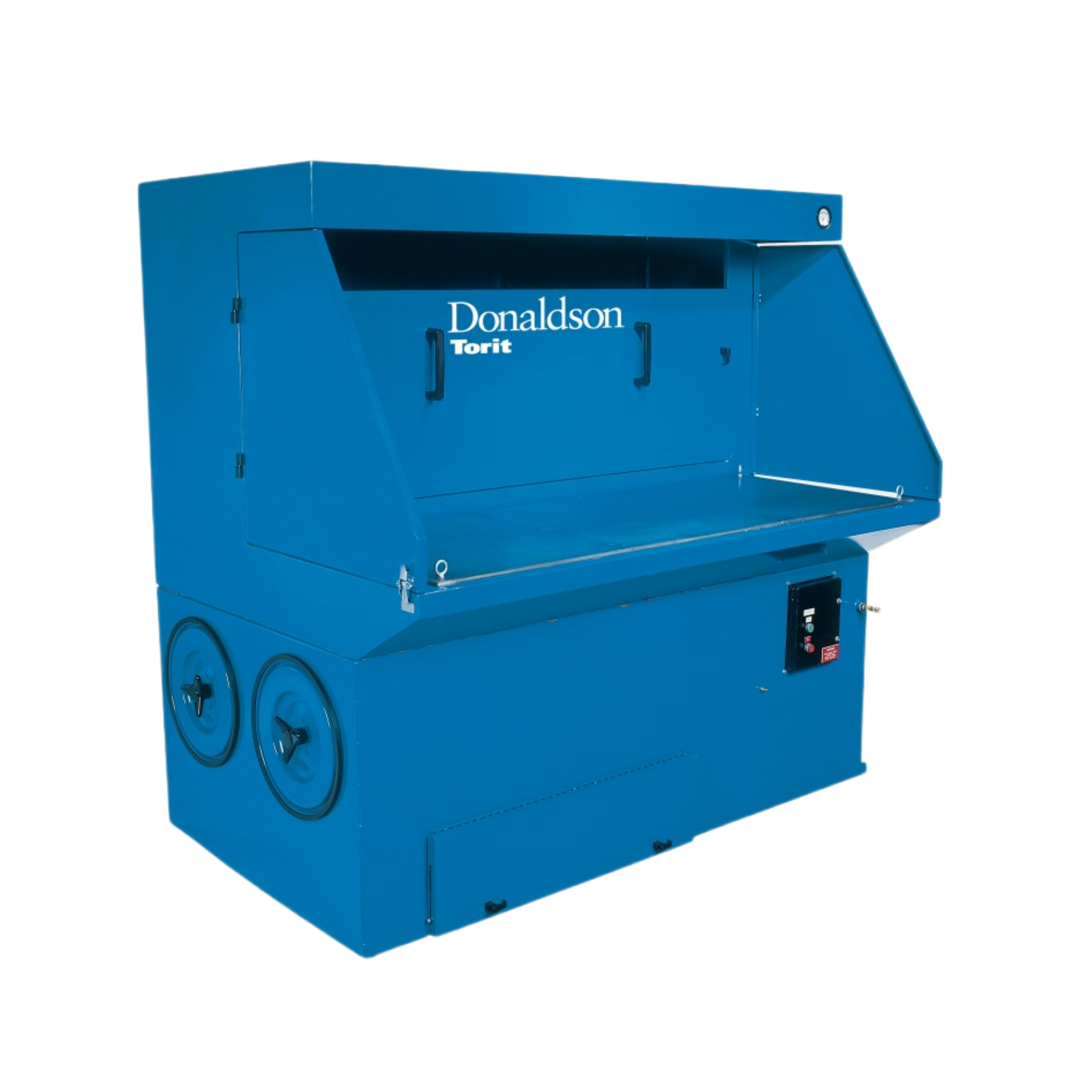
.png)
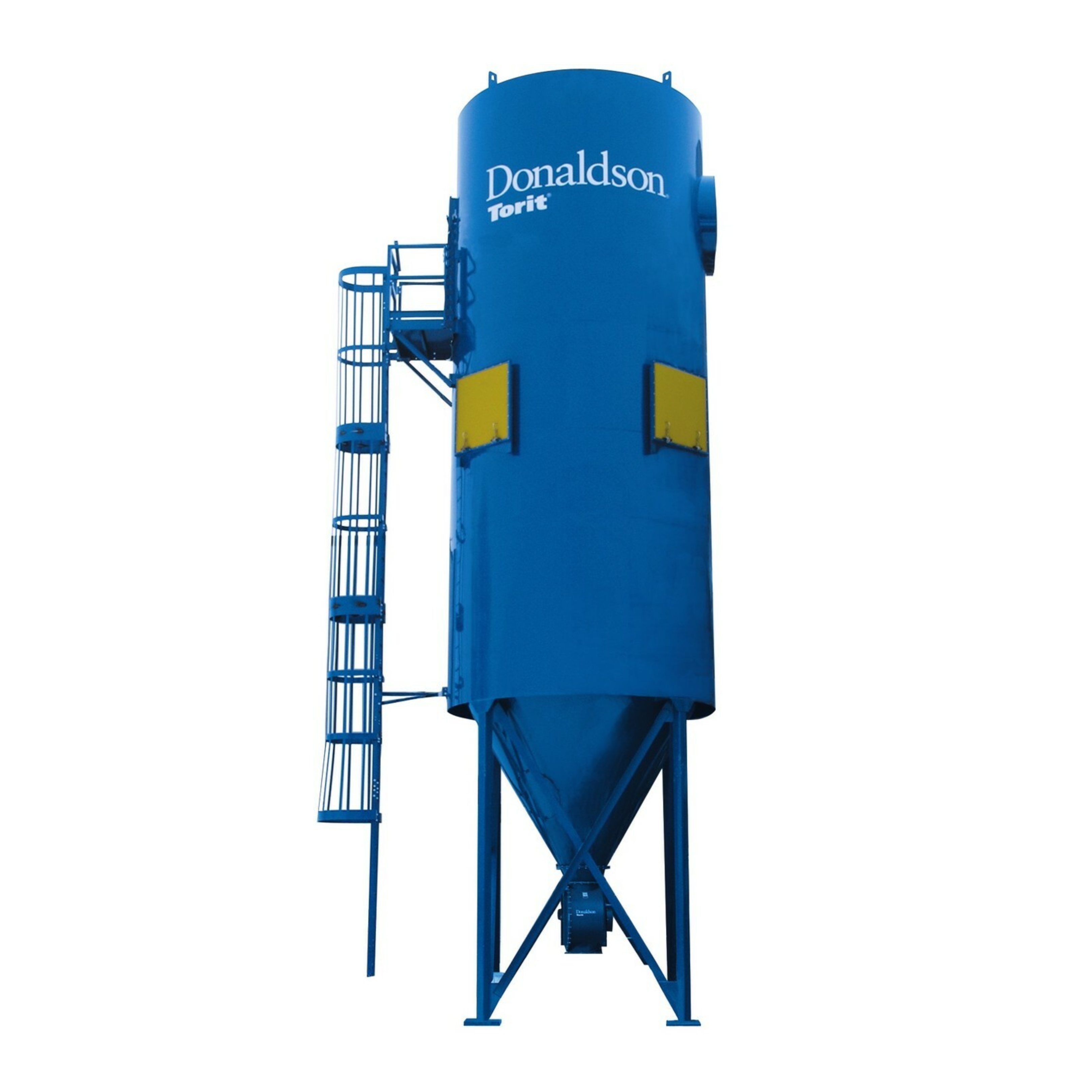
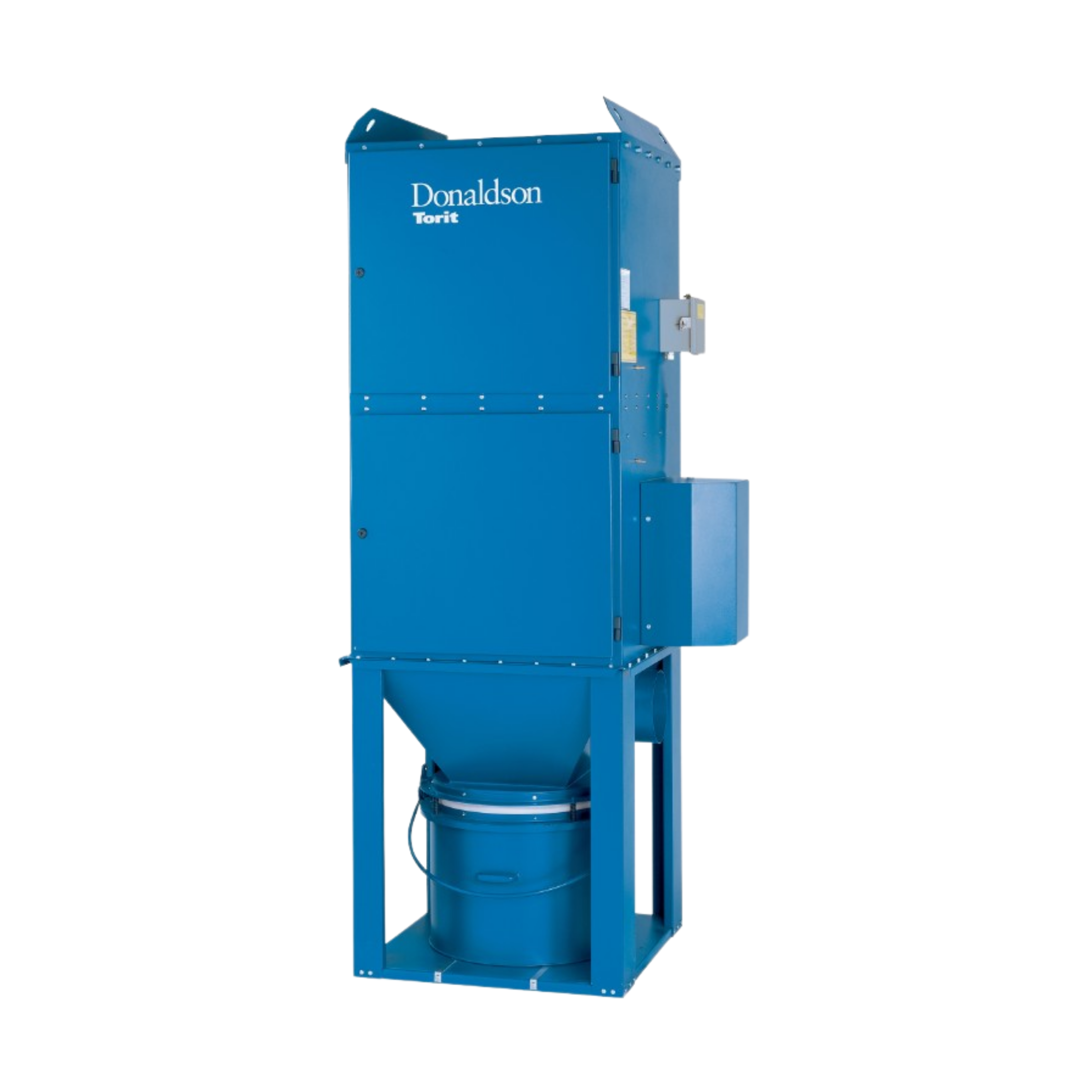
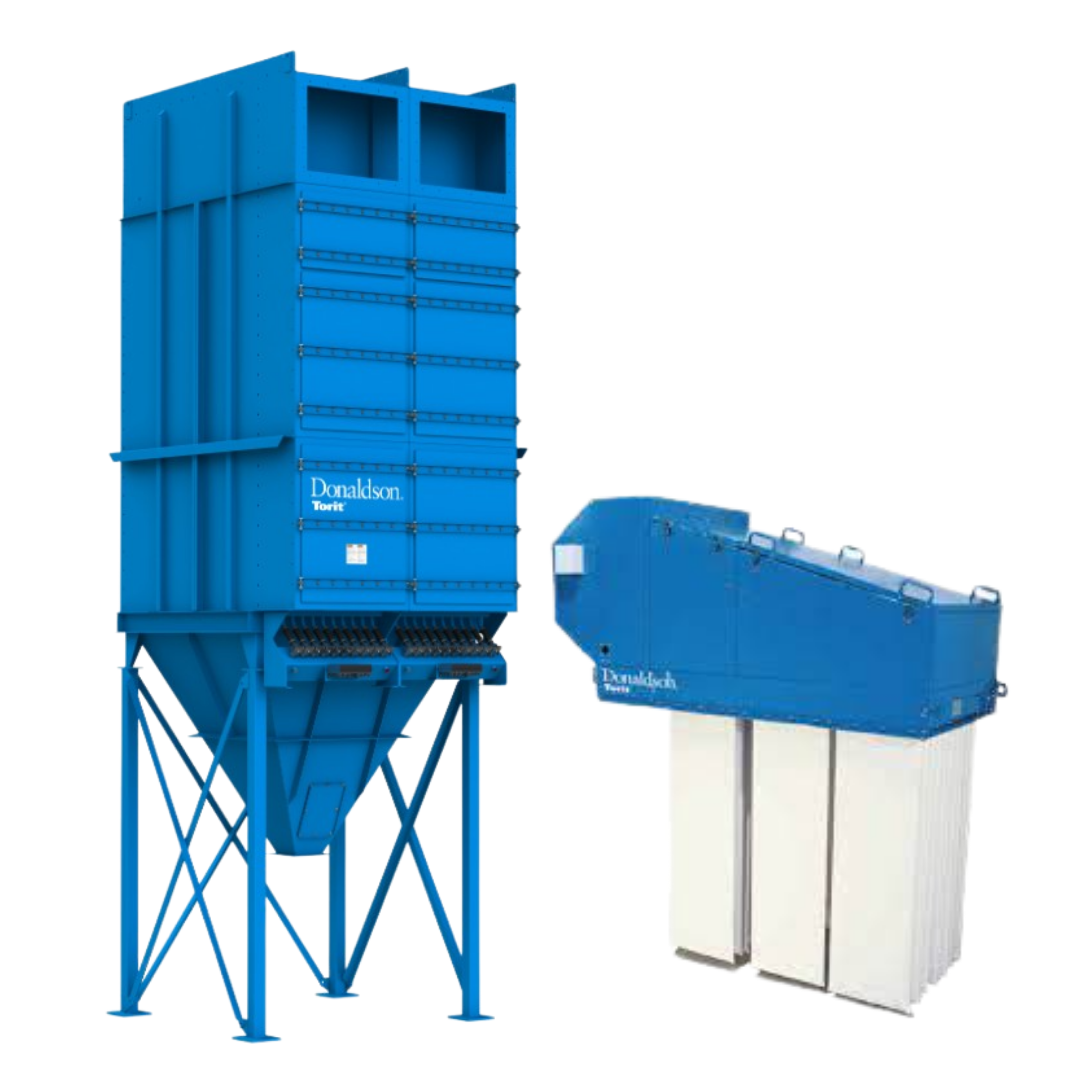

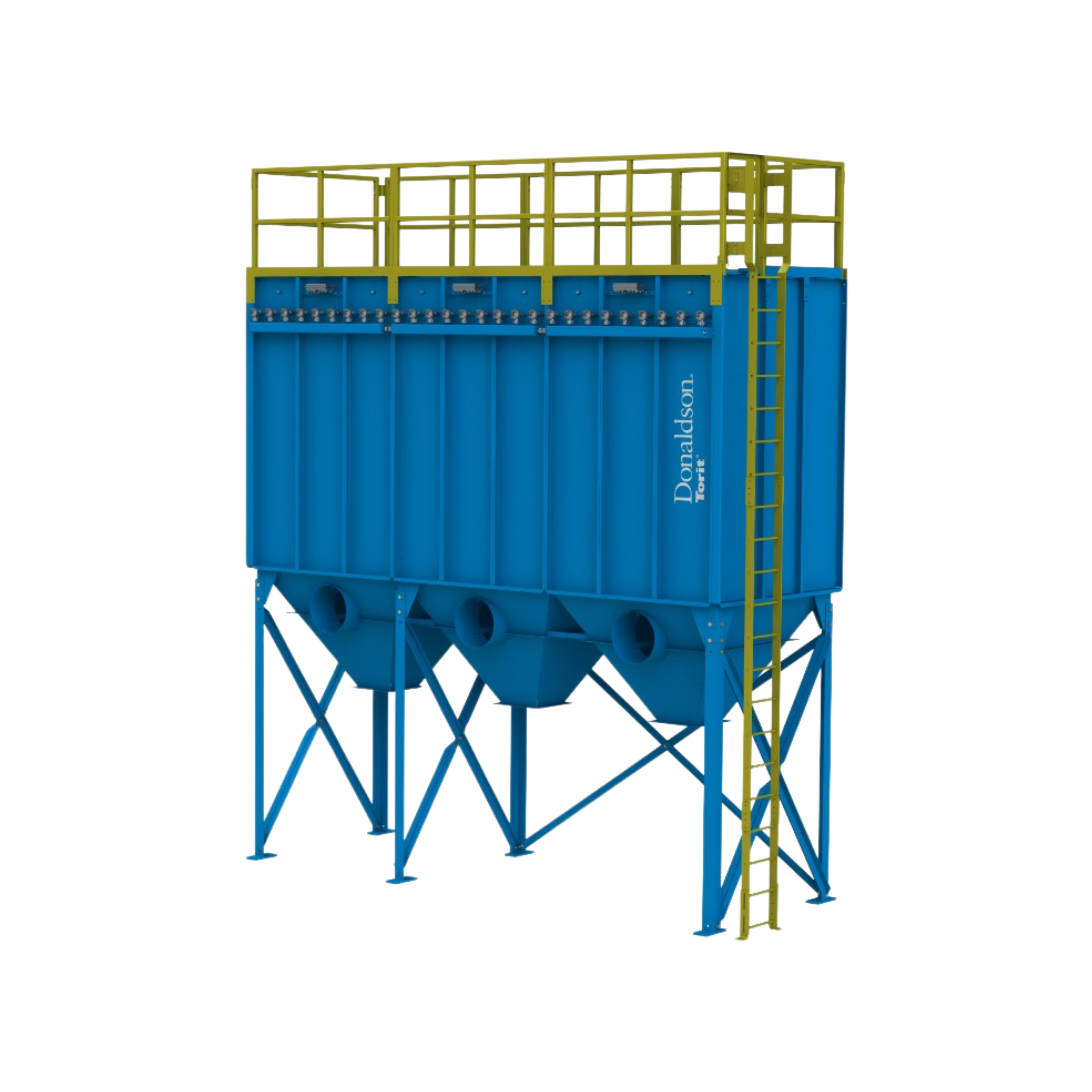

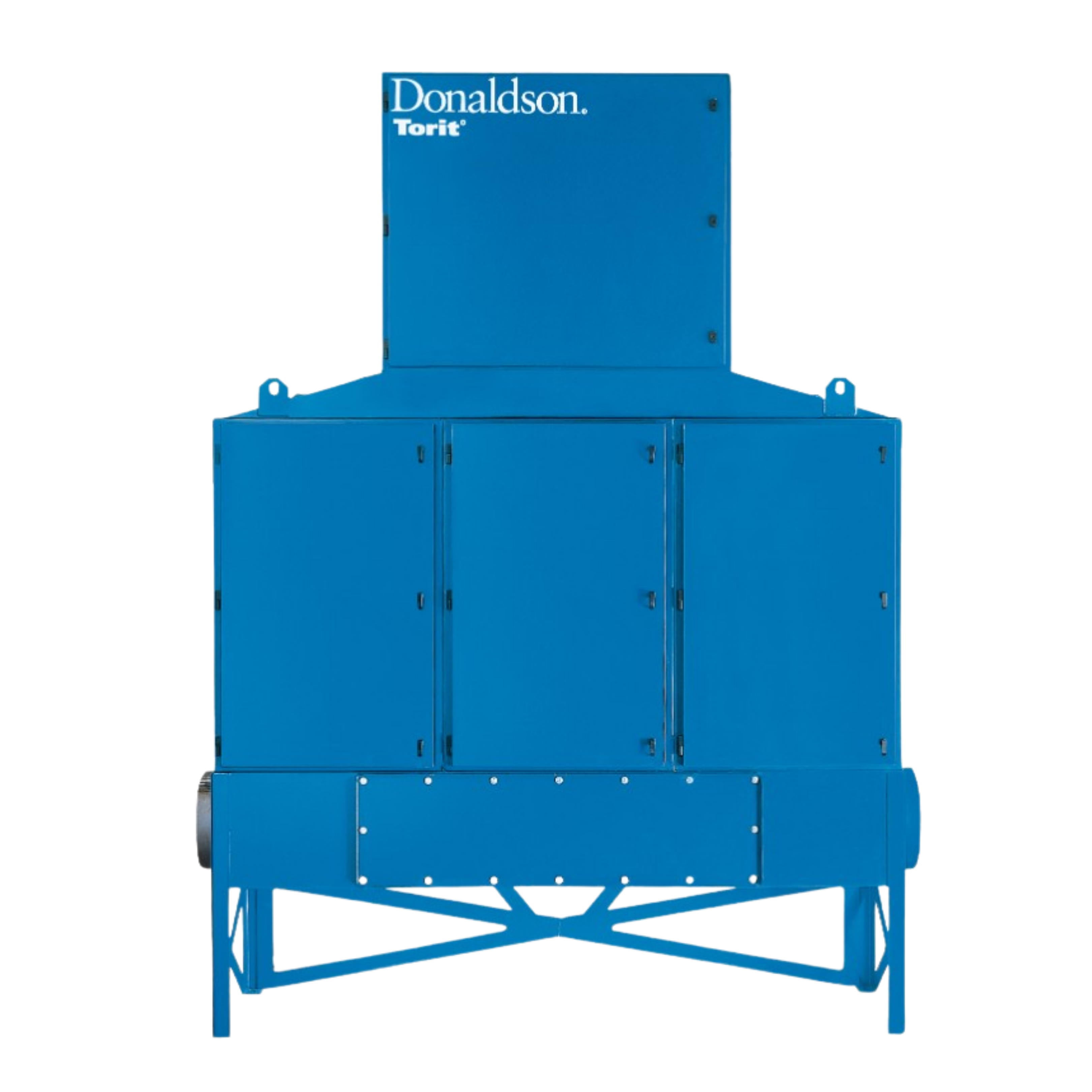
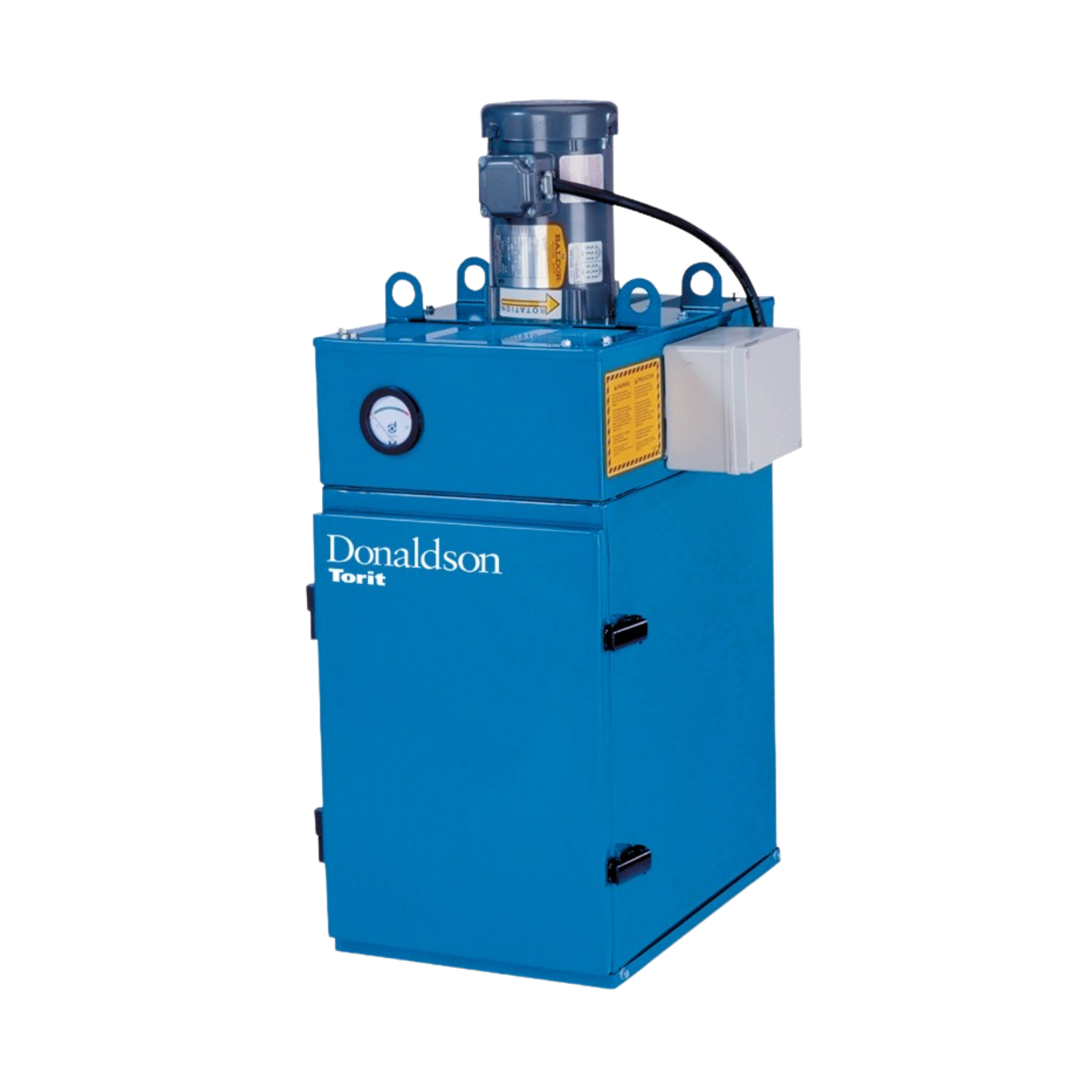
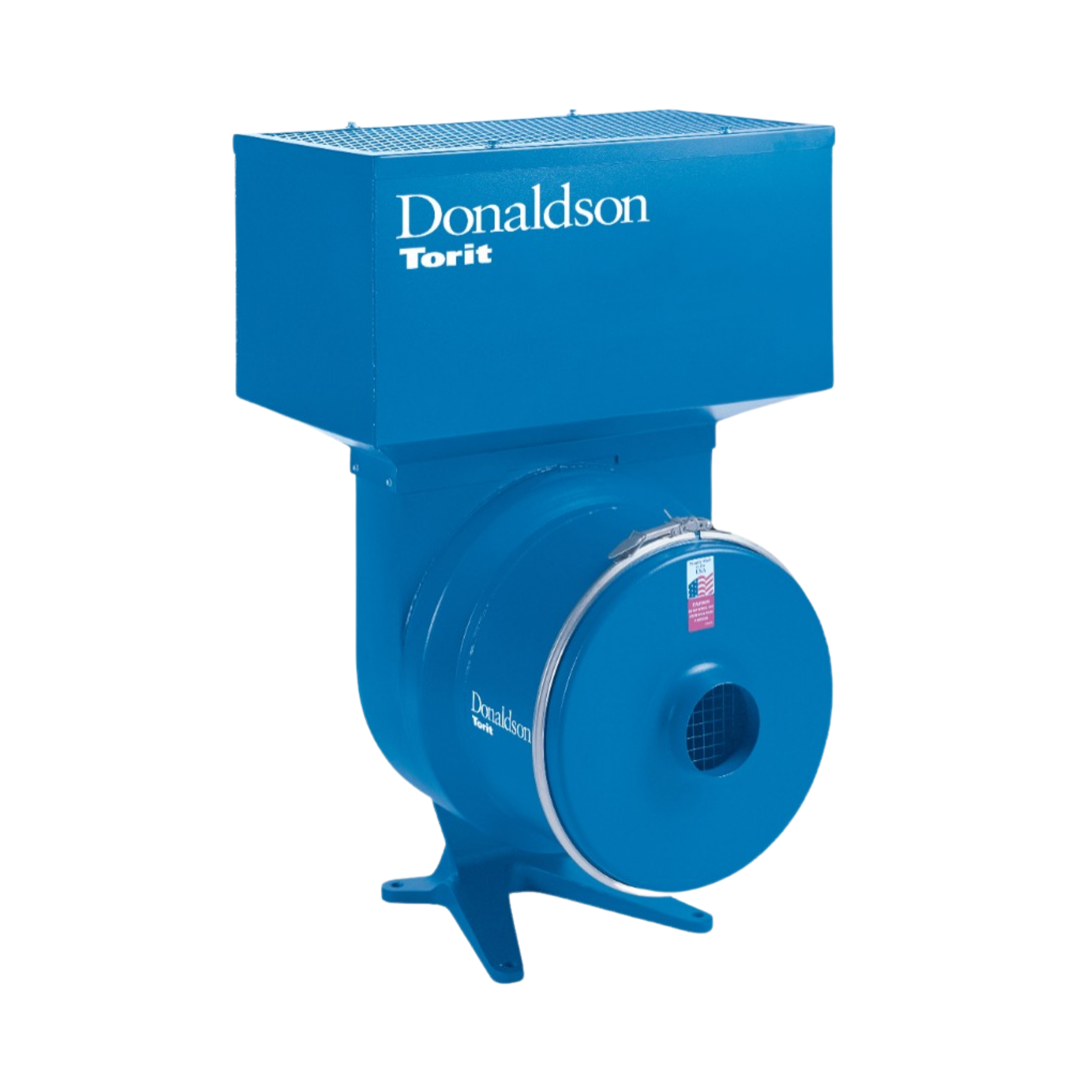
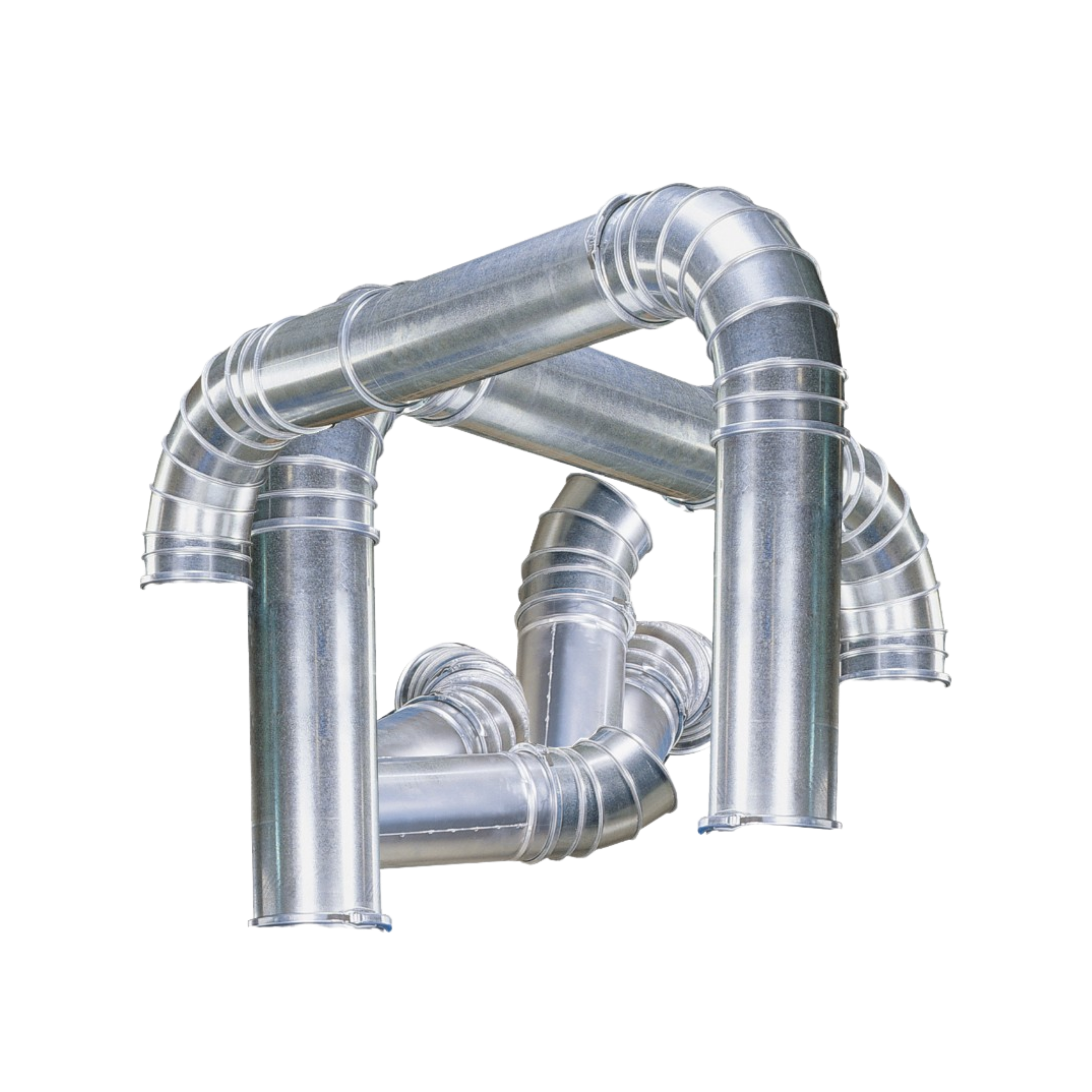
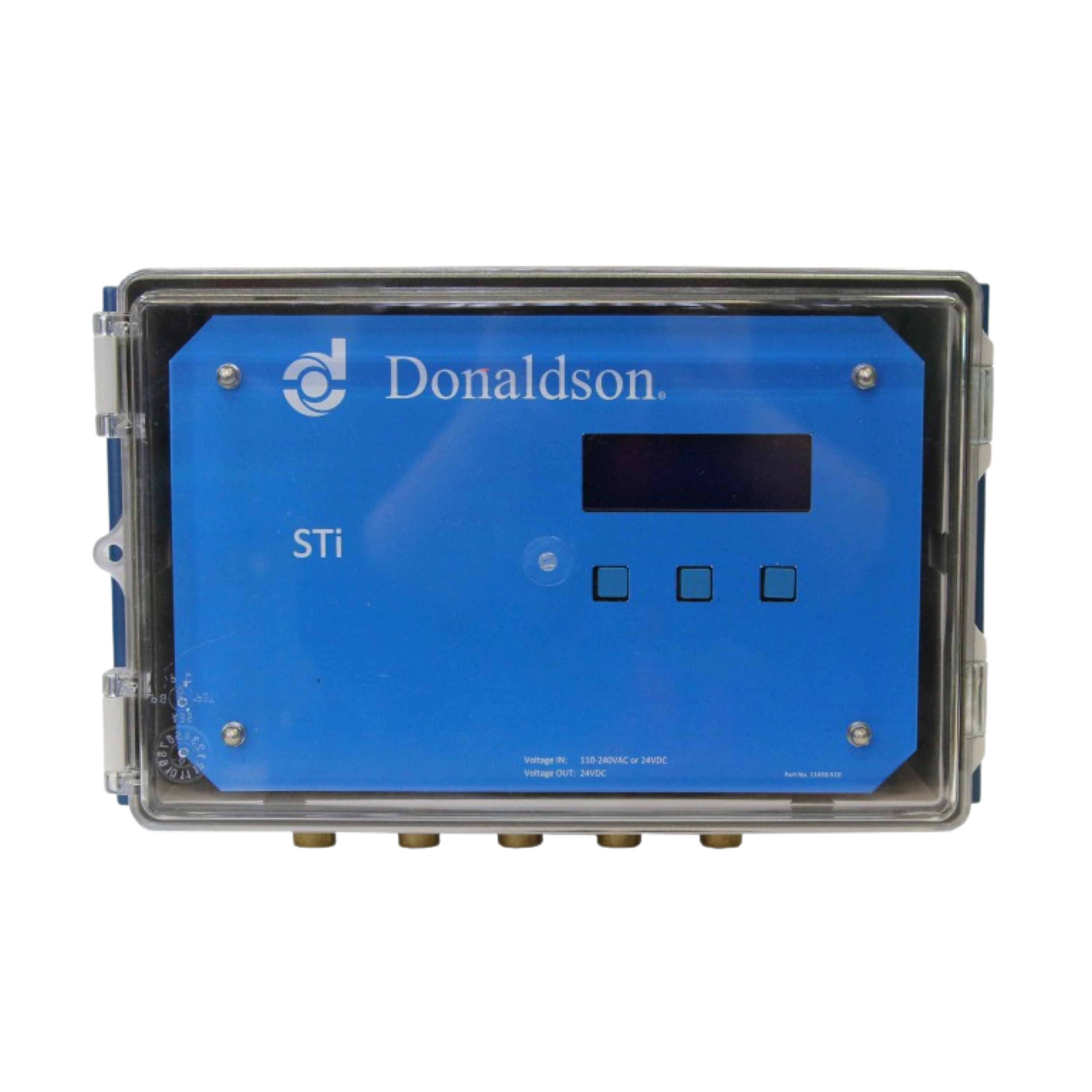
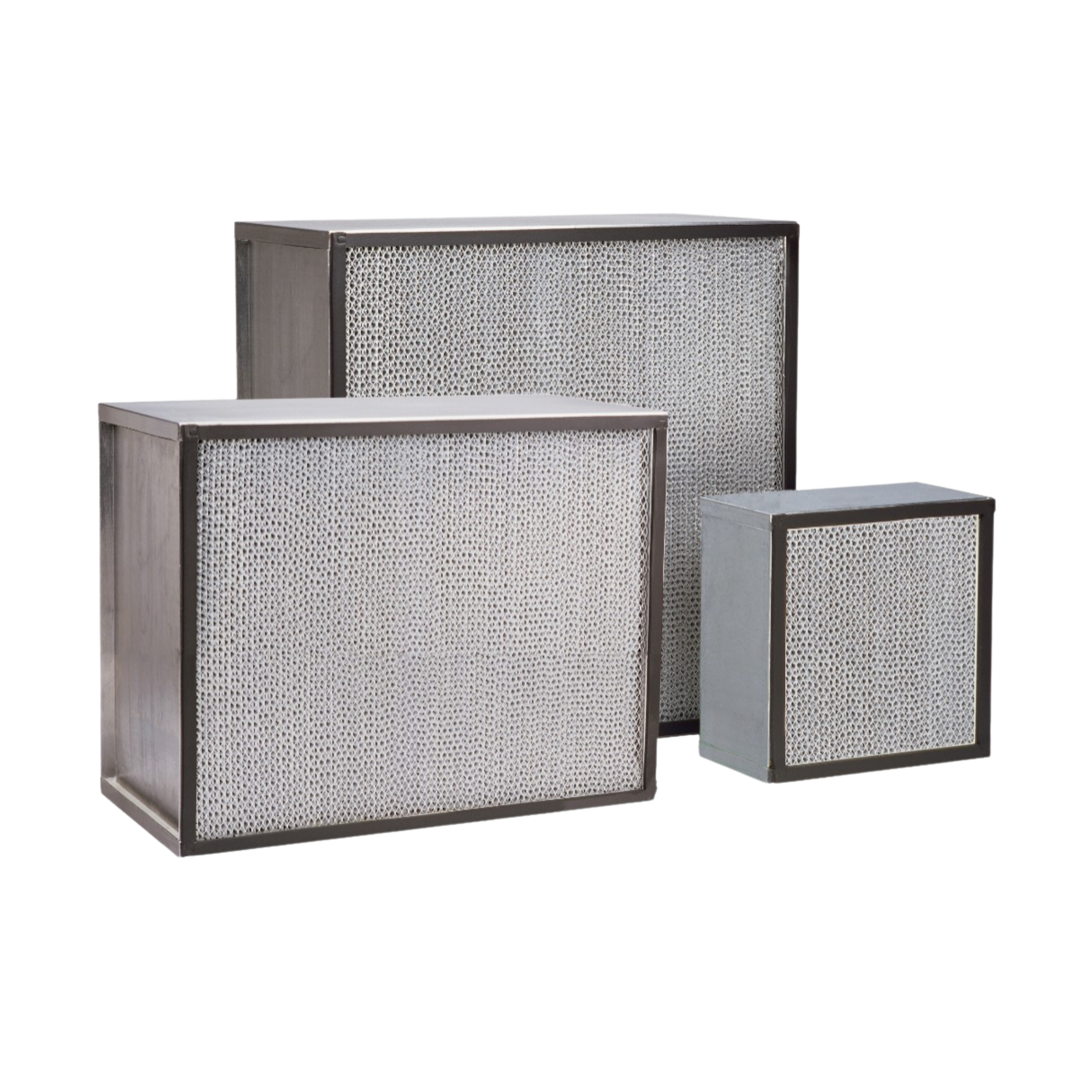
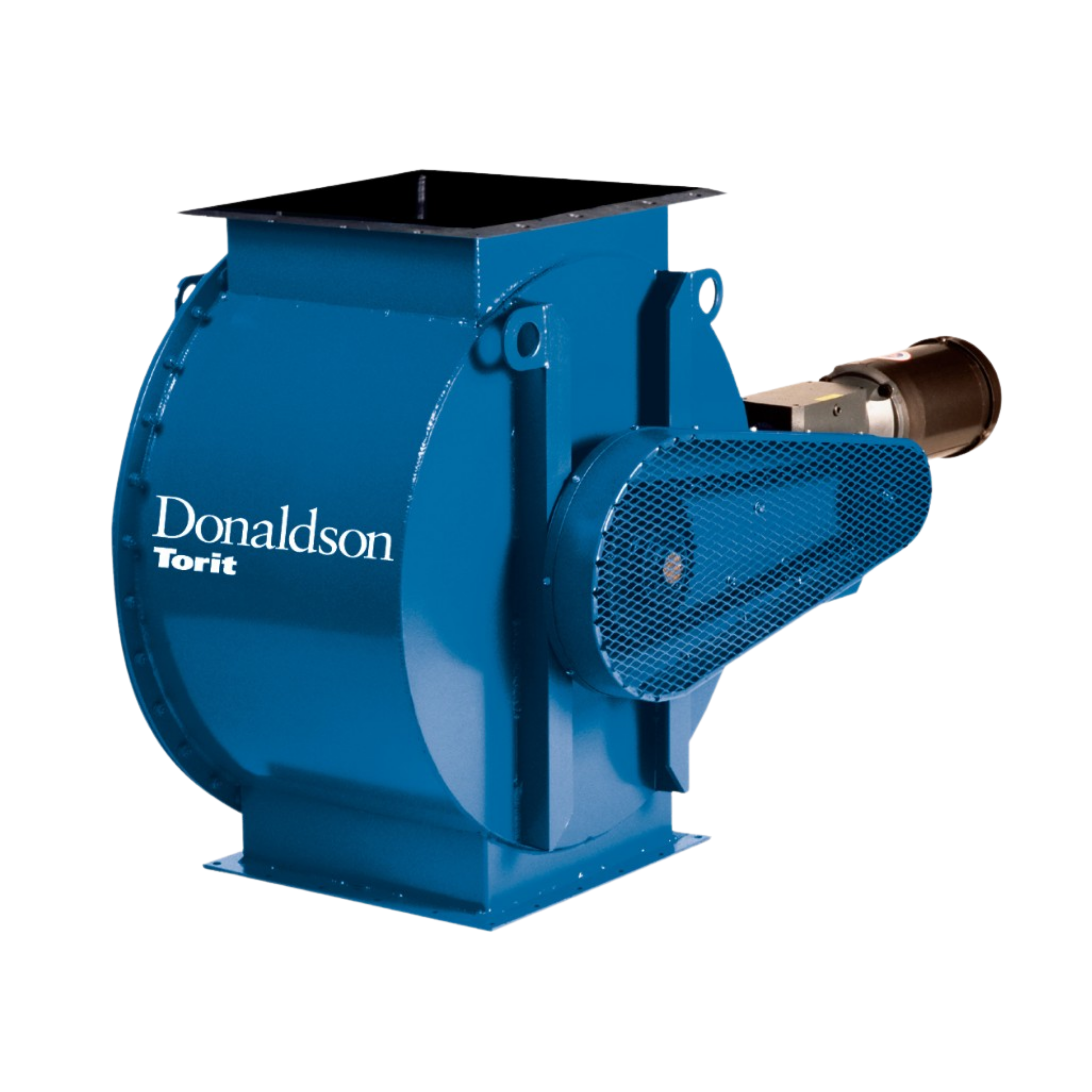
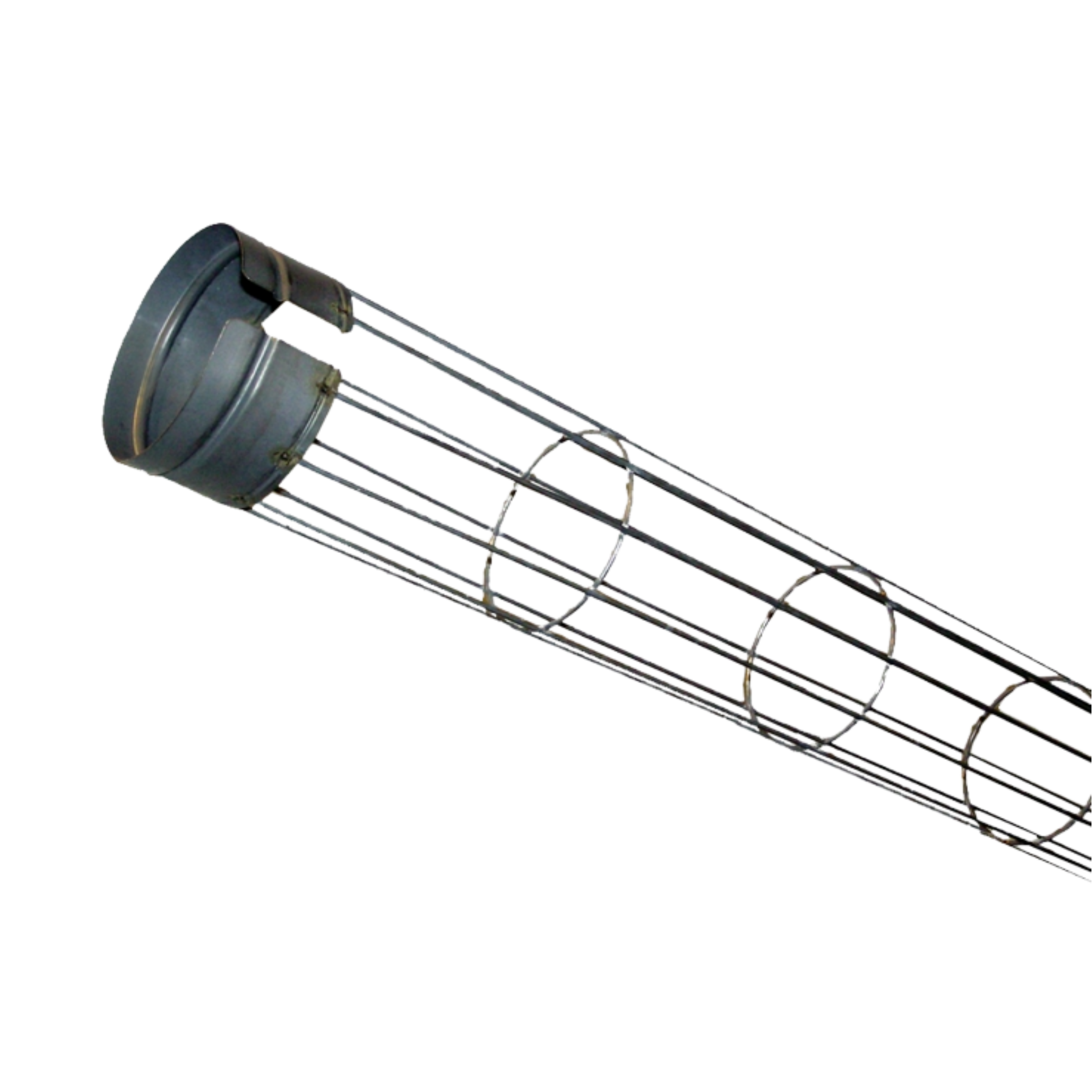
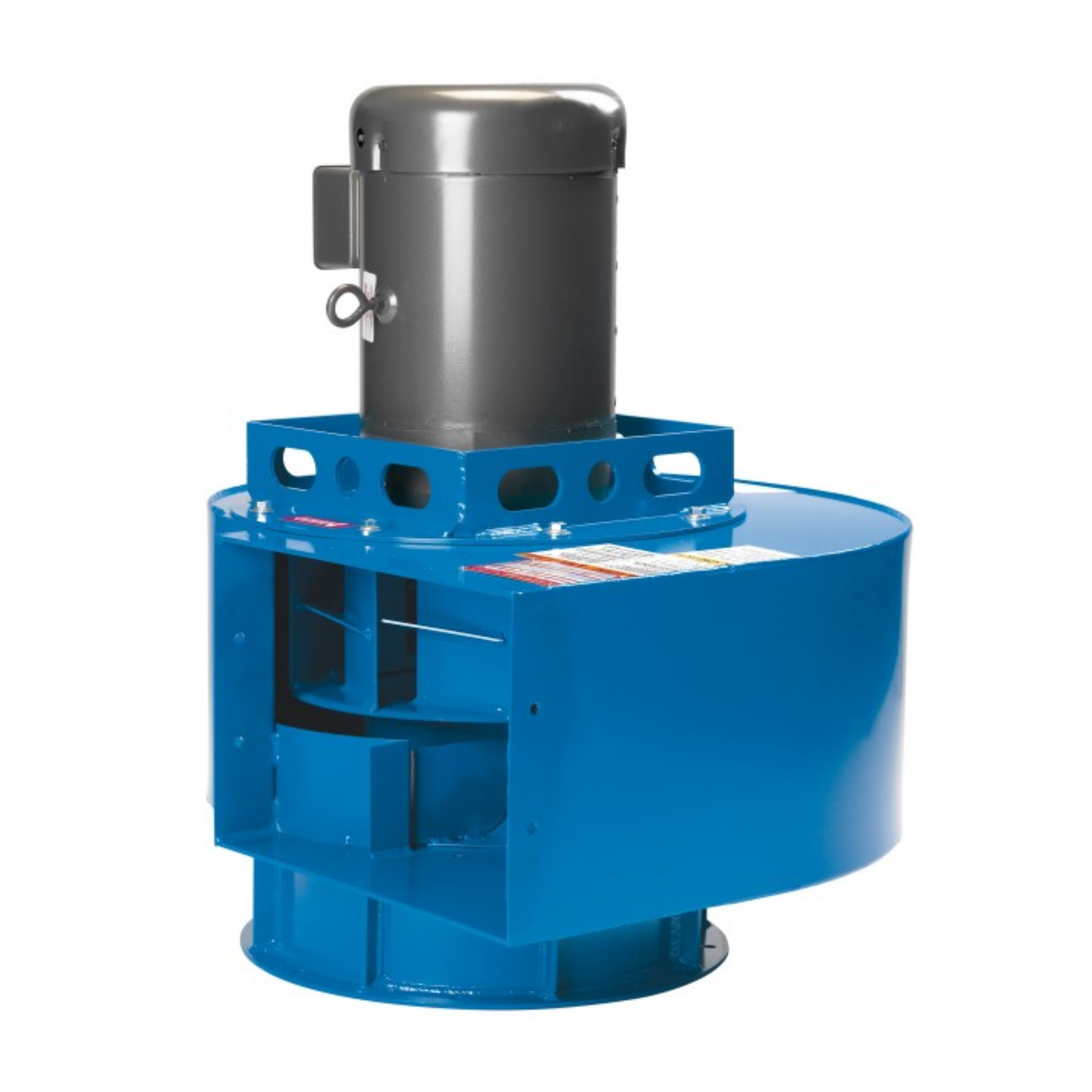
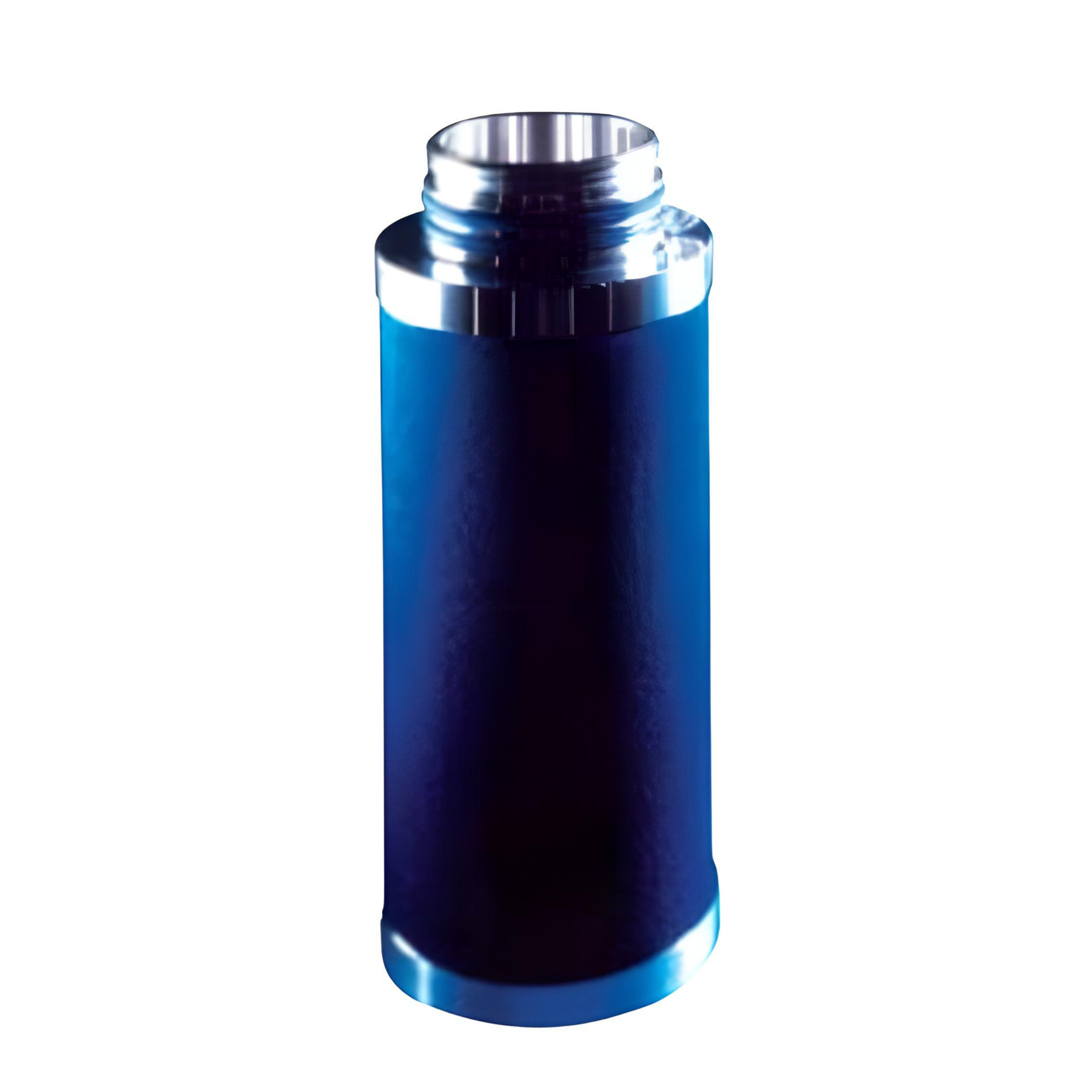
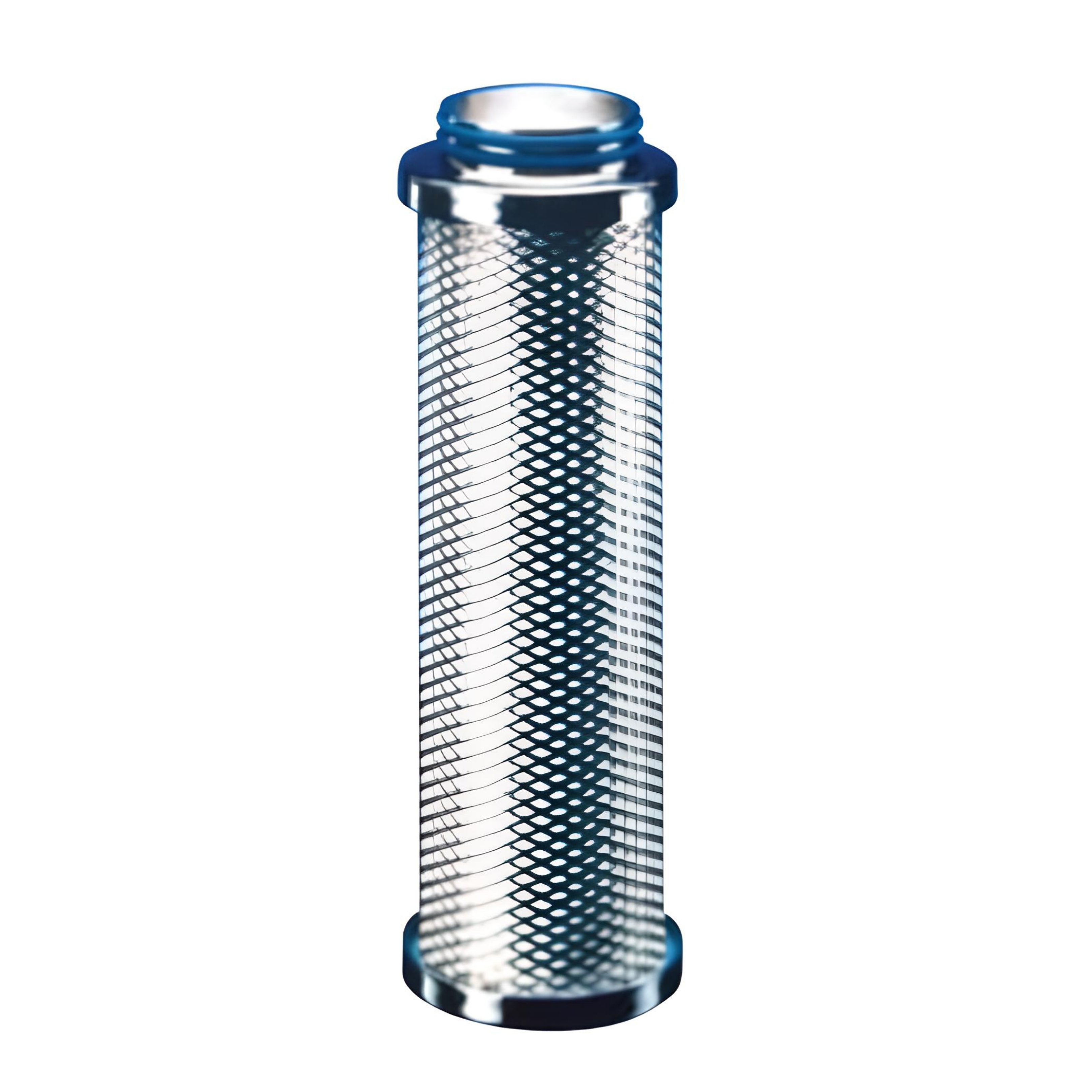
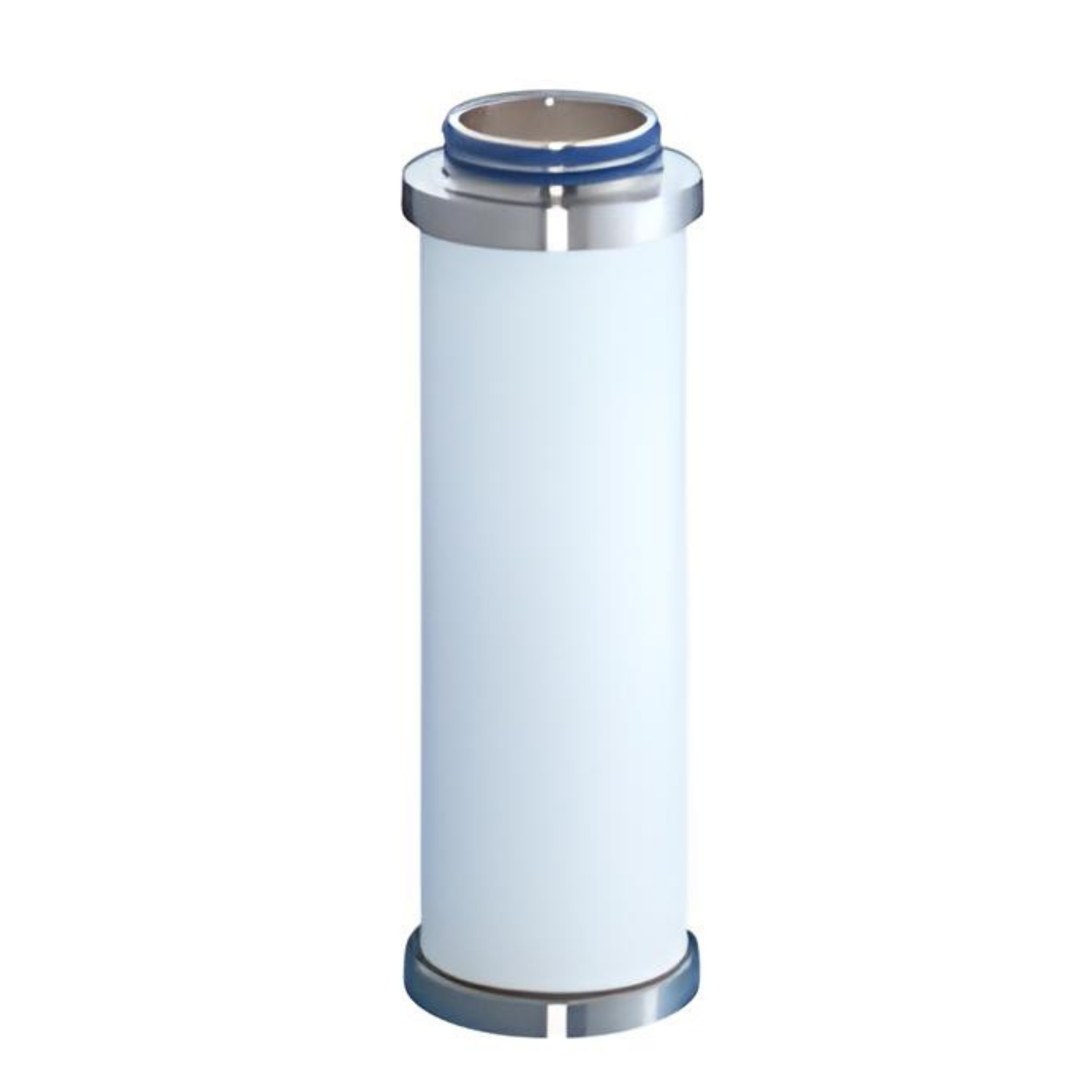
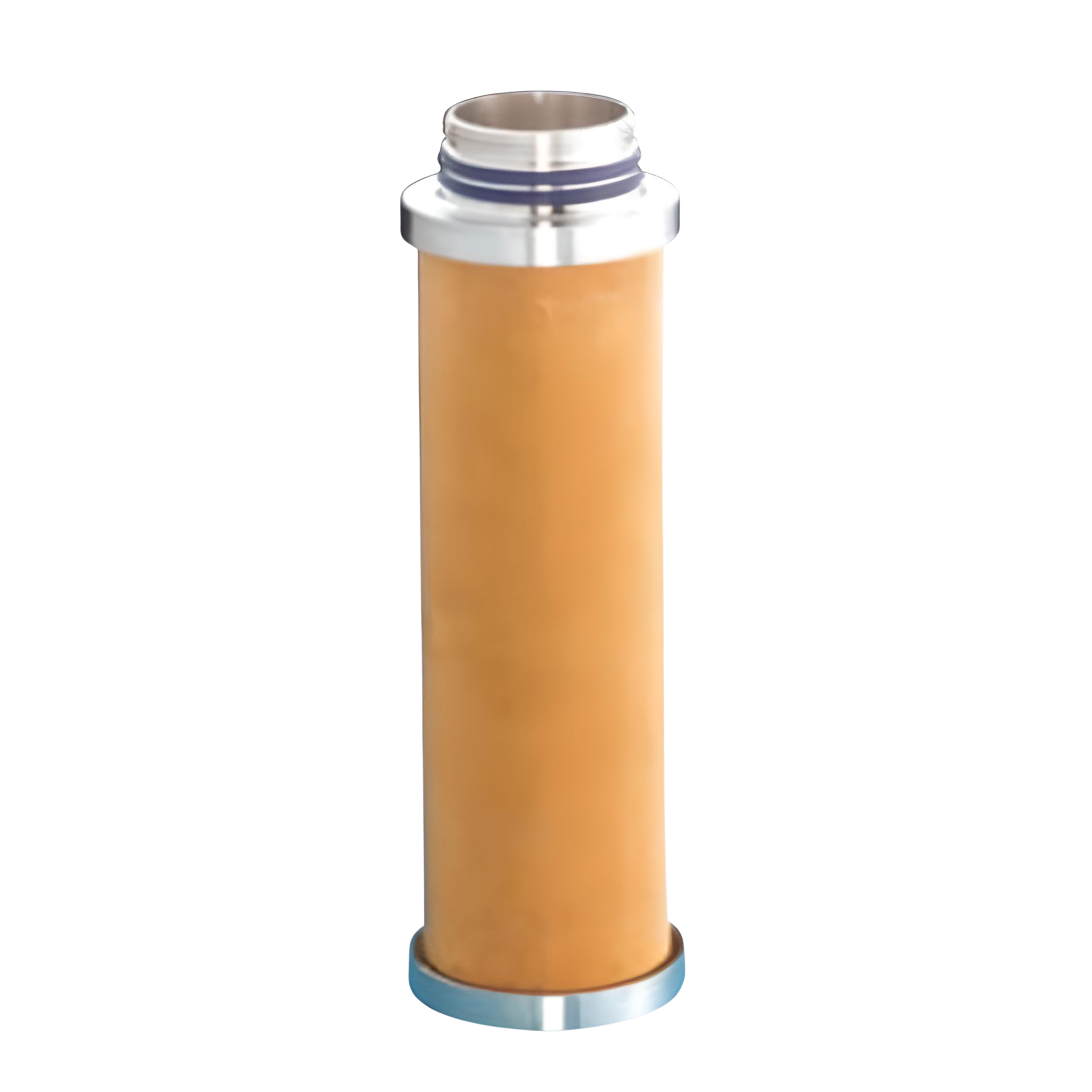
.png)
.png)
.png)
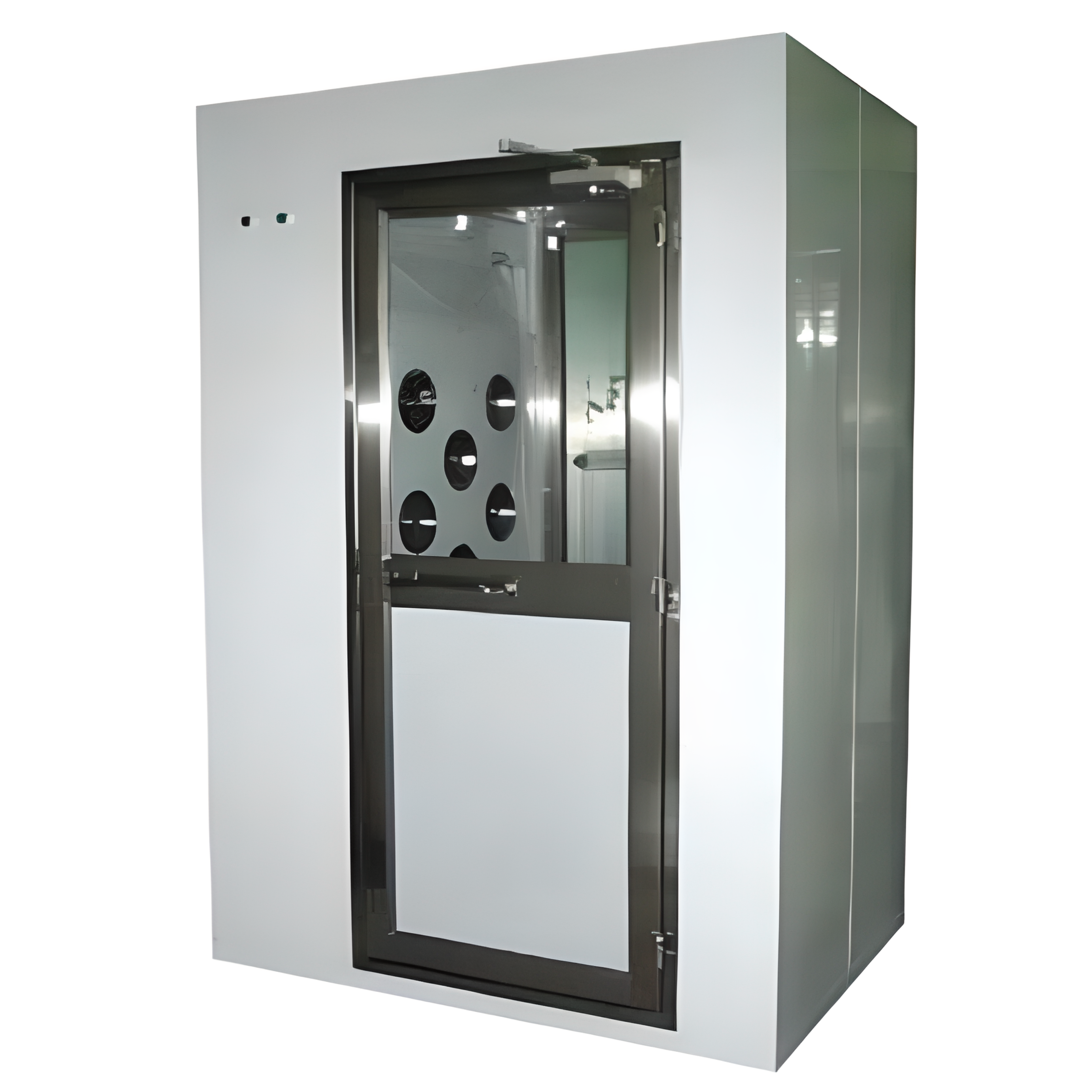
.png)
.png)
